
The Southern Northwest Coast culture area spreads south along the Pacific coast of Washington and Oregon. This is an area which includes the Coast Salish, southern Athapaskans, and Chinook. This is the least homogeneous area in the Northwest Coast and shows ties with California to the south and the Plateau to the east. The Puget Sound Basin was home of more than 50 autonomous Salish-speaking tribes prior to the European invasion.
The Maryhill Museum of Art near Goldendale, Washington, has a collection of Puget Sound and Twana baskets on display.
Puget Sound Baskets
With regard to the Puget Sound tribes, Alexandra Harmon, in her chapter in the Encyclopedia of North American Indians, reports:
“Names assigned to these so-called tribes did not all reflect the named peoples’ usages or important affiliations. Few if any of the groups had unifying political institutions, although some shared language, resources, and cultural traditions.”
In the South Puget Sound area, Indian people such as the Squaxin make three different types of cedar basketry: (1) a checker-weave style which was used for making mats and bags for carrying goods or tools; (2) a fine twill style which was used primarily for ornamentation, and (3) an open-weave style used in making baskets for carrying heavy loads of clams. The basketry style often expressed tribal identity.
According to the Museum display:
“The people who lived in the Puget Sound area made coiled baskets with imbricated designs, as well as twined basketry. These baskets were used for cooking by adding heated stones to the food. They also served as burden baskets for gathering, carrying, and storing food supplies. The baskets vary in size, but are typically oval in shape with a braided rim. The designs are often quite elaborately worked.”
Twana Baskets
The traditional homeland for the Twana was the area near the Hood Canal. Prior to the European invasion, the Twana had an estimated population of about 800. Among the Twana, twined baskets are made with elaborately detailed patterns. According to the Museum display:
“The animals near the rim of each basket were dogs (tail up), wolves (tail down), or hell divers (smallest figures.”
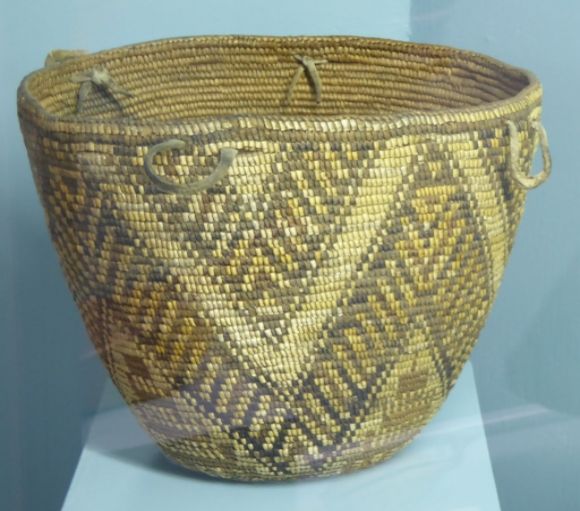
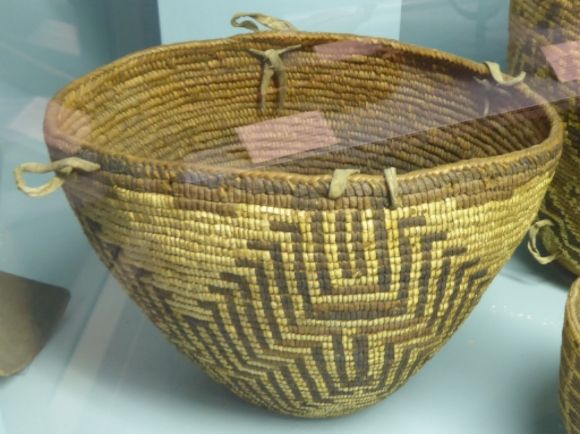
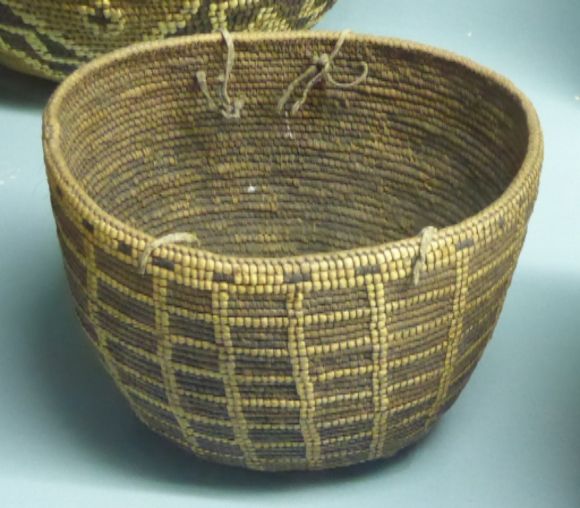
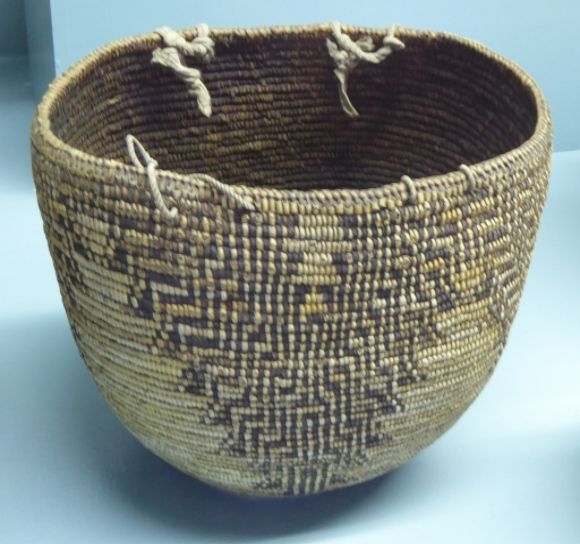

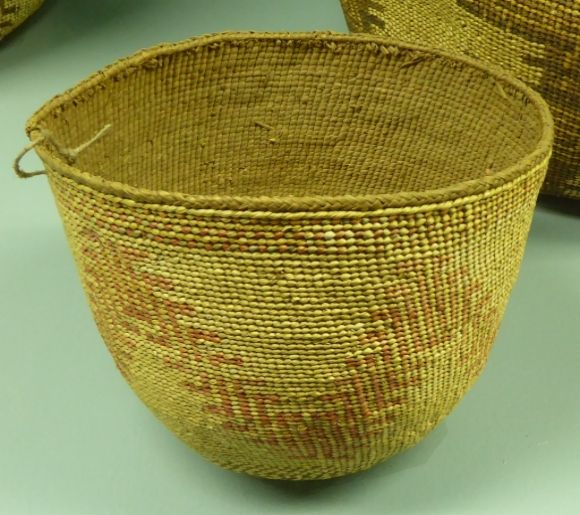
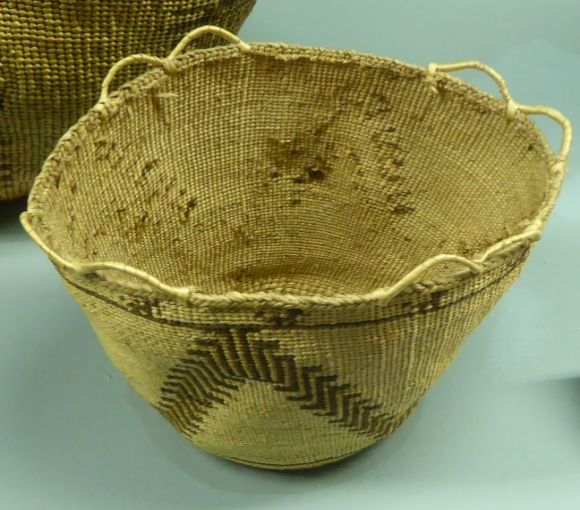

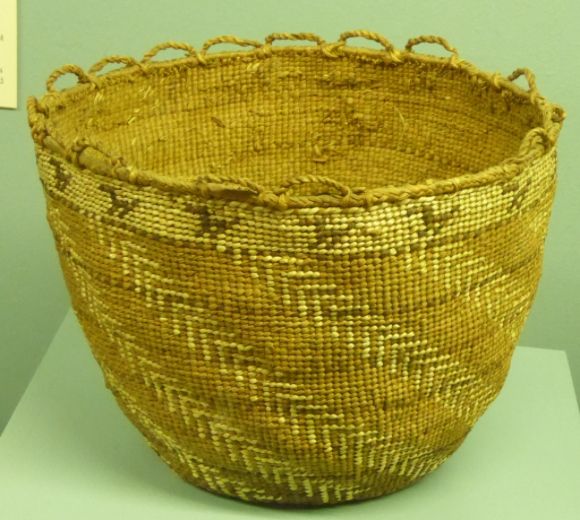
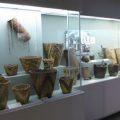
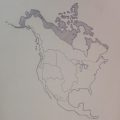
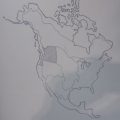
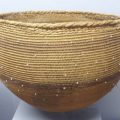
Leave a Reply